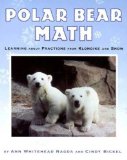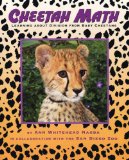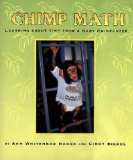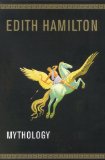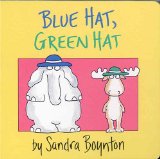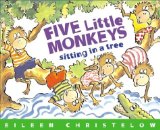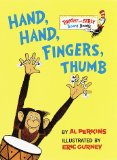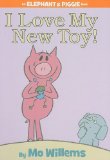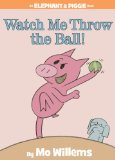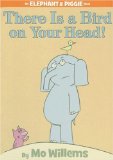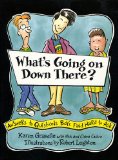My Dad Friend had previously suggested The Birds and Bees Sex Talk which was very popular so I have been hounding him for other topic suggestions since he seems to have his pulse on parenting issues. His 6th grader just had a Science Fair Day where everyone exhibited their science projects and I bugged him so much he actually blackberried me the projects he saw as he walked around the room.
And here they are, plus a few more that I added. And might I add that there are a lot of Science Project websites out there in cyberspace. Apparently, this is a rite of passage that everyone is keen to cash in on. So, I am suggesting science project ideas that do not require major purchases in the form of a kit! I also have added a few websites with great science project ideas laid out in a very accessible way.
Which paper towel absorbs the most liquid?
What type of fabric best resists stains?
What is the impact of relaxing music on test taking (simple math problems given to groups of kids)
Which material is the best thermal insulator?
Measure speed of fruit rot in a container or not in container
Impact of butter versus margarine on taste of baked products
Duration of burning by different types of paper
Fabrics – which burns fastest?
Kinds of wood – which burns fastest?
Which eggs float? (raw, hard boiled, soft boiled, rotten eggs)
Shadow tracing during different times of the day
What attracts the most insect pests (mosquitos, flies, gnats with sweat, sweet smelling plants, light or dark clothing)
How do different style pencils or grips affect writing fatigue?
What plants are edible in your backyard? www.bio.brandeis.edu/fieldbio/bersbach/EdiblePlants/home.html; http://www.ansci.cornell.edu/plants/medicinal/portula.html
Could you survive on just what grows in your neighborhood? www.bio.brandeis.edu/fieldbio/bersbach/EdiblePlants/home.html; http://www.ansci.cornell.edu/plants/medicinal/portula.html
Paper airplane science: http://www.easy-science-fair-projects.net/paper-airplane-science-fair-project.html
Which type of food molds the fastest in the same place: bananas, milk, bread or cheese? http://www.freesciencefairproject.com/projects/mold_experiment.html
What effect does music have on plant growth? http://www.freesciencefairproject.com/projects/plants_music.html
I thought these websites were useful:
http://school.discoveryeducation.com/sciencefaircentral/Getting-Started/idea-finder.html
http://www.easy-science-fair-projects.net/elementary-science-fair-projects.html


